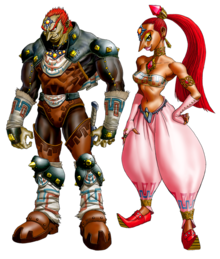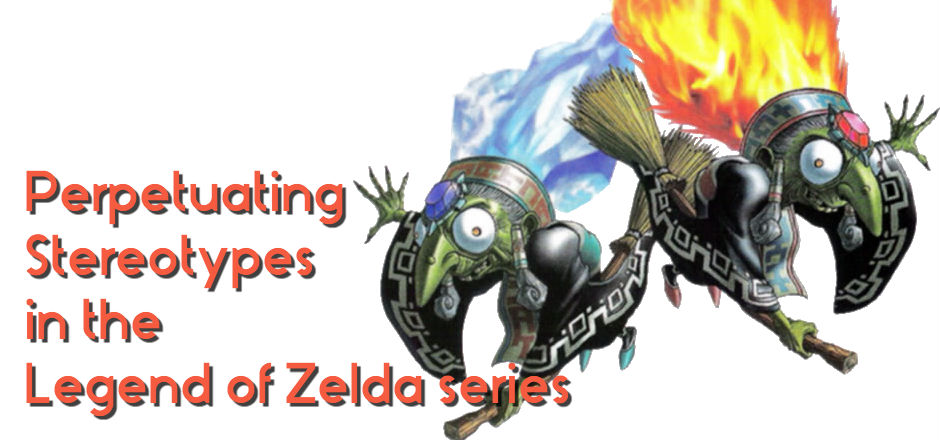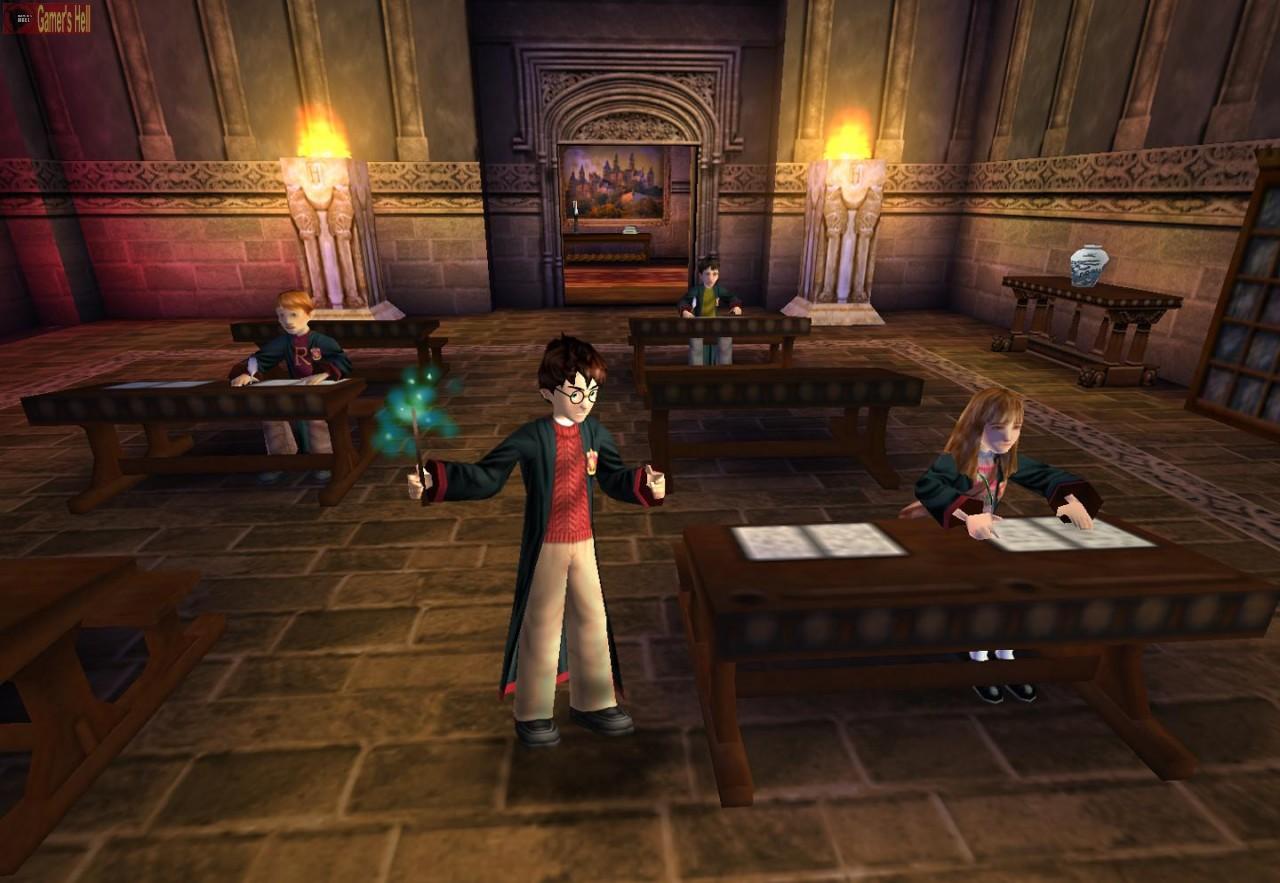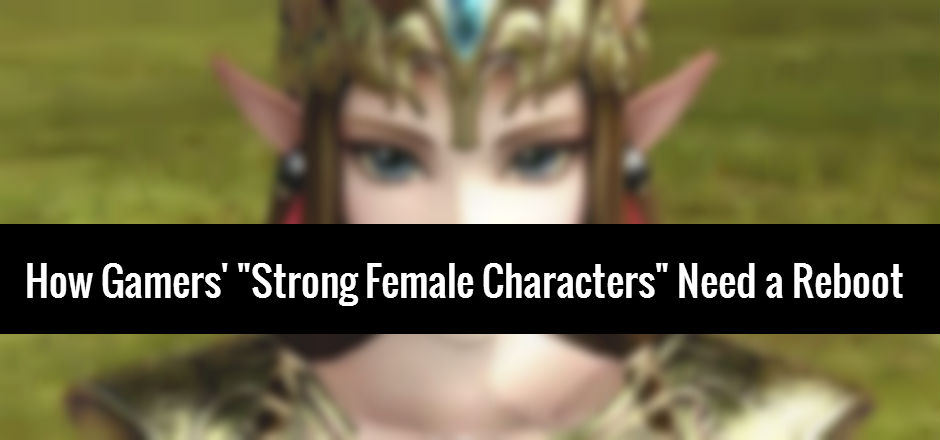The Legend of Zelda: Ocarina of Time set the gaming world on fire upon its release in 1998. It received praise from critics everywhere, who cited its innovative controls, incredible graphics (for the time), and its rewarding exploration. Although some aspects of the gameplay haven’t aged well since the game’s release 16 years ago, playing it is still an absolute joy.
Ocarina of Time laid the groundwork for the next 15 years of gaming and every subsequent Zelda game. It isn’t just the gameplay that later games in the series draw from: they also draw from the lore that was set up in Ocarina of Time‘s world.
This world introduced a clearer depiction of some of the races already featured in previous games in the series, such as the aquatic Zoras. It also introduced a plethora of new races, and finally gave the series villain, Ganondorf, a background.
When the hero Link travels to the Gerudo Desert late in the game, he discovers a group of female thieves who promptly throw him in jail for trespassing. After Link escapes and is able to defeat some of the group’s best fighters, they welcome him to their fortress with open arms. Link meets their leader, Nabooru, who reveals that a male Gerudo is only born once every hundred years, and that Ganondorf is one of those men.
 The Gerudo are the only people of color in any Zelda game. Whereas most of the other races and cultures present in the series are drawn from western European fantasy, the Gerudo are based on real-life cultures. Almost all of the Gerudo have light-brown skin (some have darker olive skin), yellow eyes, red hair, and a large nose.
The Gerudo are the only people of color in any Zelda game. Whereas most of the other races and cultures present in the series are drawn from western European fantasy, the Gerudo are based on real-life cultures. Almost all of the Gerudo have light-brown skin (some have darker olive skin), yellow eyes, red hair, and a large nose.
The Gerudo designs at first seem to be Middle Eastern in nature, but there may be other influences present as well. The music that plays in the Gerudo’s residence has a flamenco or mariachi flair, with its fast guitar and exaggerated trumpet sounds. Some characteristics of Ganondorf and Koume and Kotake (the witches who raised Ganondorf, collectively known as Twinrova) may also suggest the influence of Romani stereotypes.
In The Legend of Zelda: Wind Waker, Ganondorf claims the Gerudos were mistreated by the kingdom of Hyrule and left in isolation for many years. This is further implied in the original symbol for the Gerudo, a crescent moon and a star – which is a clear reference to Islam, though the symbol was changed in later iterations of Ocarina of Time due to controversy. Based on this, we can infer that the Gerudo have a different religion than the rest of Hyrule and that this is meant to parallel the historical conflicts between Middle Eastern and European countries, but why are the Gerudo thieves?
 Gerudos are portrayed as having a sense of honor and respect for people they deem worthy of respect, but they are also show to be greedy and obsessed with treasure. This along with the Gerudo’s skin color and large noses is consistent with stereotypical depictions of Jewish people. The main Gerudo clothing resembles belly dancer clothing, which begs the question of how practical that is for people often in physical conflict.
Gerudos are portrayed as having a sense of honor and respect for people they deem worthy of respect, but they are also show to be greedy and obsessed with treasure. This along with the Gerudo’s skin color and large noses is consistent with stereotypical depictions of Jewish people. The main Gerudo clothing resembles belly dancer clothing, which begs the question of how practical that is for people often in physical conflict.
The clothing of the witches known as Twinrova more closely resembles Romani clothing. Romani women have been historically depicted as being fortunetellers, a stereotype which persists through Twinrova’s appearance and magical abilities. The collection of these stereotypes along with the memorable Gerudo Valley music makes the Gerudos seem less Middle Eastern and more as though they are meant to just seem exotic when compared to even the non-human races.
The intent behind the creation of the Gerudo as a race was possibly to act as a metaphor for both the historical and modern conflicts between the Middle East and Europe. After all, Ocarina of Time was always meant to be a bigger, more meaningful game than any of its predecessors. However, because the Gerudo only officially appear in three Zelda games and the culture created for them draws upon stereotypes that have been around for centuries, it is difficult to call the metaphor a success.
If anything, making the series villain a Gerudo and portraying them as mostly thieves simply pours gas on the fire. Unfortunately the Gerudo ended up becoming a mish-mash of all sorts of stereotypes when they could have been the coolest race in the whole game and given some rare and much-needed representation to both people of color and women in gaming.
Joel Wallick is currently pursuing a degree in film studies at Bowling Green State University with an undecided minor. He has been gaming since early childhood, beginning with Pokemon Silver.





![[GUEST] Is League of Legends Unwelcoming to Women?](https://girlsincapes.com/wp-content/uploads/2015/01/lol-dragon.jpg)

Great article.
The Gerudo are still awesome. Even if they portray stereotypical elements of certain cultures. I find them fascinating. :) I wish the Zelda series had more games with Gerudo in it.